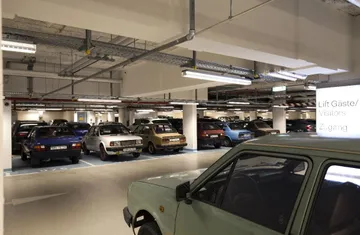
Franz Erhard Walther, 'Thirteen Action Shapes', 2015
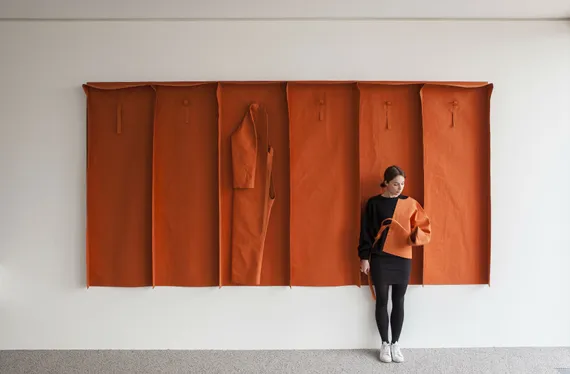
Franz Erhard Walther, Thirteen Action Shapes, 2015 © Erste Group Bank AG; Photo Oliver Ottenschläger
13 work pieces, some meeting rooms, Level 3–9, Building A–F
Franz Erhard Walther designed his thirteen-part “Gesamtkunstwerk” for some Meeting rooms on the office levels of the Erste Campus. The parts that make up the whole here are rectangular shapes made of cotton fabrics and dyed according to the artist’s specifications in bold colours such as orange, burnt umber, burgundy, blue, and bright green. Much like in a cloakroom, these objects preserve “body shapes” made of the same material. They include arm and leg shapes, half-length coats, waistcoats, suits, and half-body sheathes. “Depending on how they are contemplated,” explains Walther, “these works can be viewed as sculptural pictures or pictorial sculptures, the action having to be imagined in either case.” Employees working at the Erste Campus can stand in front of, or even among, Walther’s works. They can take down the “body shapes” and “body sheathes” and use them like items of clothing. Walther thus declares the active participation of his viewers to be a constitutive aspect of his artistic work. “If the body shapes and body sheathes are removed and placed on a real body,” he explains, “the actors will be seen as parts of the work who, through their actions, extend the work into space.” But viewers can also stand in front of “the empty segments, where they function as a kind of intermediate form that adds definition to the pictorial and sculptural character of the works.” For the employees working at the Erste Campus, the possibility of interaction turns Walther’s “Thirteen Action Shapes” into an invitation to take time out from their everyday responsibilities and play a formative role in the ongoing creation of a work of art. Their capacity to reflect on their own actions is thus enhanced.
Franz Erhard Walther was born in 1939 and lives and works in Fulda. Since the early 1960s, Franz Erhard Walther has radically changed the definition of what sculpture can be, thereby becoming one of the most important and influential artists for subsequent generations. By involving his viewers in the creative process, he has developed a new relationship between space, body, sculpture, and action. Walther’s works have been shown at numerous exhibitions and venues of renown including documenta 5, 7, and 8 in Kassel, the Museum of Contemporary Art in Los Angeles, the Vienna Secession, the Tate Modern in London, the Museum of Modern Art in New York, the Hamburger Kunsthalle, the Museum of Applied Arts in Vienna, the Museu d’Art Contemporani in Barcelona, ZKM Karlsruhe, Drawing Room in London, the Dia Art Foundation in New York, WIELS in Brussels, and the Museo Nacional Centro de Arte Reina Sofia in Madrid.
Text: Kathrin Rhomberg & Pierre Bal-Blanc
You might also be interested in

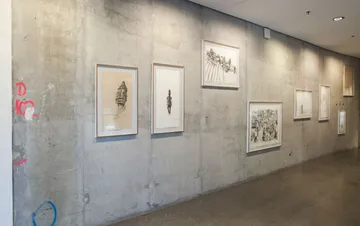
Olga Chernysheva, 'Protected by', 2015
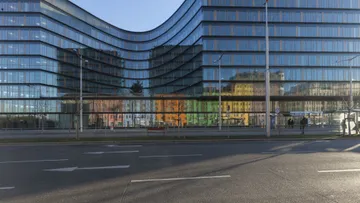
Marcus Geiger, 'Project 2 for Erste Campus', 2014-2016
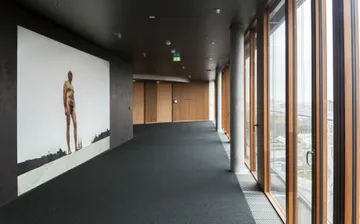
Tomislav Gotovac, 'Watch on the Rhine', 2015
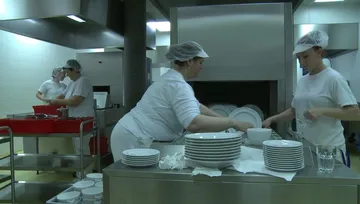
Sanja Iveković, 'The Invisible Women of Erste Campus', 2016
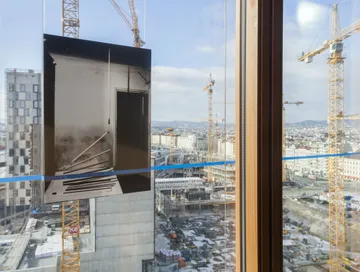
Edward Krasiński, 'Retrospective', 1984
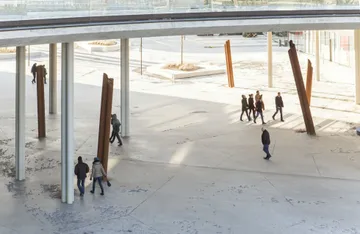
Roman Ondak, '3015', 2015
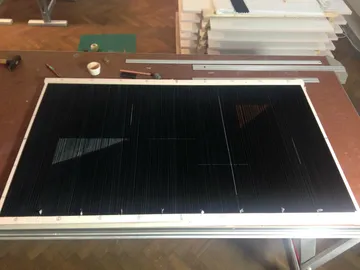
Florian Pumhösl, 'Design for a Curtain', 2015
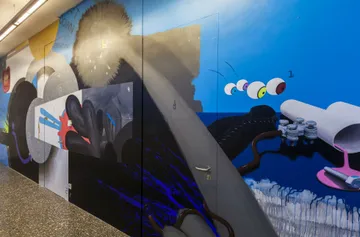
Ashley Hans Scheirl, 'Libidinal Economy’s Special Effects', 2016

Slaven Tolj, 'From Ten to Zero', 2015
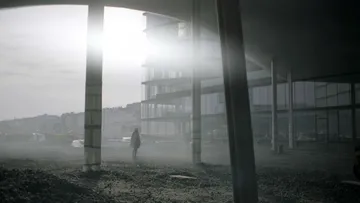
Clemens von Wedemeyer, 'Esiod 2015', 2016
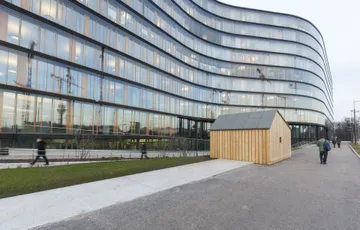
Lois Weinberger, 'Laubreise', 2016

Works of Reference